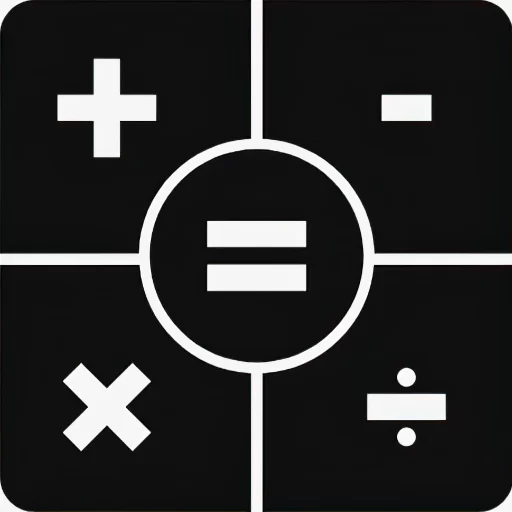What is Average?
Before delving into the intricacies of calculating average dice rolls, let’s establish a fundamental understanding of what “average” means. In statistics, the average, or mean, represents the central tendency or the most representative value in a dataset. The calculation involves adding all values and dividing by the total number of values.
Average Dice Roll Explained
When we refer to the average of a six-sided die (d6) being 3.5, it signifies that, on average, over numerous rolls, the expected value of the dice is 3.5. It’s crucial to grasp that a single roll of a fair six-sided die may not match the calculated average, as the average is a statistical concept reflecting the expected value over multiple rolls.
Calculating the Average Dice Roll
The general approach of adding values and dividing by the total number is applicable, but a specialized formula is beneficial for calculating the dice average. For any die, the average (m) can be calculated using the formula:
m = (h + 1) / 2
where: m — dice average, h — the highest value (e.g., for a 12-sided die, h is 12).
To extend this formula for any number of dice (n), the adjusted formula becomes:
= [(h + 1) / 2] * n
How to Use the Average Dice Roll Calculator
Utilizing the dice average calculator is straightforward:
- Choose the type of die.
- Input the number of dice to be rolled.
The calculator promptly displays the average dice roll, providing the desired result. Advanced options, such as standard deviation, are also available for further analysis.
Dice Average Chart
A convenient dice average chart is provided for quick reference based on the number of dice and their types.
| No. of Dice | d4 | d6 | d8 | d10 | d12 | d20 |
|---|---|---|---|---|---|---|
| 1 | 2.5 | 3.5 | 4.5 | 5.5 | 6.5 | 10.5 |
| 2 | 5 | 7 | 9 | 11 | 13 | 21 |
| 3 | 7.5 | 10.5 | 13.5 | 16.5 | 19.5 | 31.5 |
| 4 | 10 | 14 | 18 | 22 | 26 | 42 |
| 5 | 12.5 | 17.5 | 22.5 | 27.5 | 32.5 | 52.5 |
Dice Average Formula and Normal Distribution
Many dice have an even number of sides, leading to non-integer averages (e.g., 3.5 for a d6). The distribution of sums when rolling multiple dice follows a pattern resembling the Gaussian distribution. The dice average calculator’s advanced mode includes standard deviation, measuring the dispersion of sums around the average.
Possible Uses for the Dice Average Calculator
The average dice roll calculator finds applications in various scenarios:
- Educational purposes for understanding statistics and probability.
- In gaming, determining average damage output or hit points.
- Game development decisions on dice usage.
- Convenient alternatives like the online dice roller.
Frequently Asked Questions (FAQ)
How to Find the Average of a Die?
- Add one to the number of sides.
- Divide by two to find the die average.
- Multiply by the number of rolled dice.
What is the Average Dice Roll of a d20?
The average of a 20-sided die roll is 10.5. Multiply it by the number of dice used for the result.
Do Dice Rolls Average 3.5?
Yes, but only for one 6-sided die. The average is calculated as the sum of possibilities divided by the number of sides.
How to Determine the Average Rolled on Two Dice?
The average of two 6-sided dice is 7. Find the die expected value, multiply by the number of dice, and get the average.
In summary, understanding average dice rolls involves simple formulas, easy calculations, and practical applications in statistics and gaming. Whether for educational insights or game development decisions, the average dice roll calculator proves to be a valuable tool.
